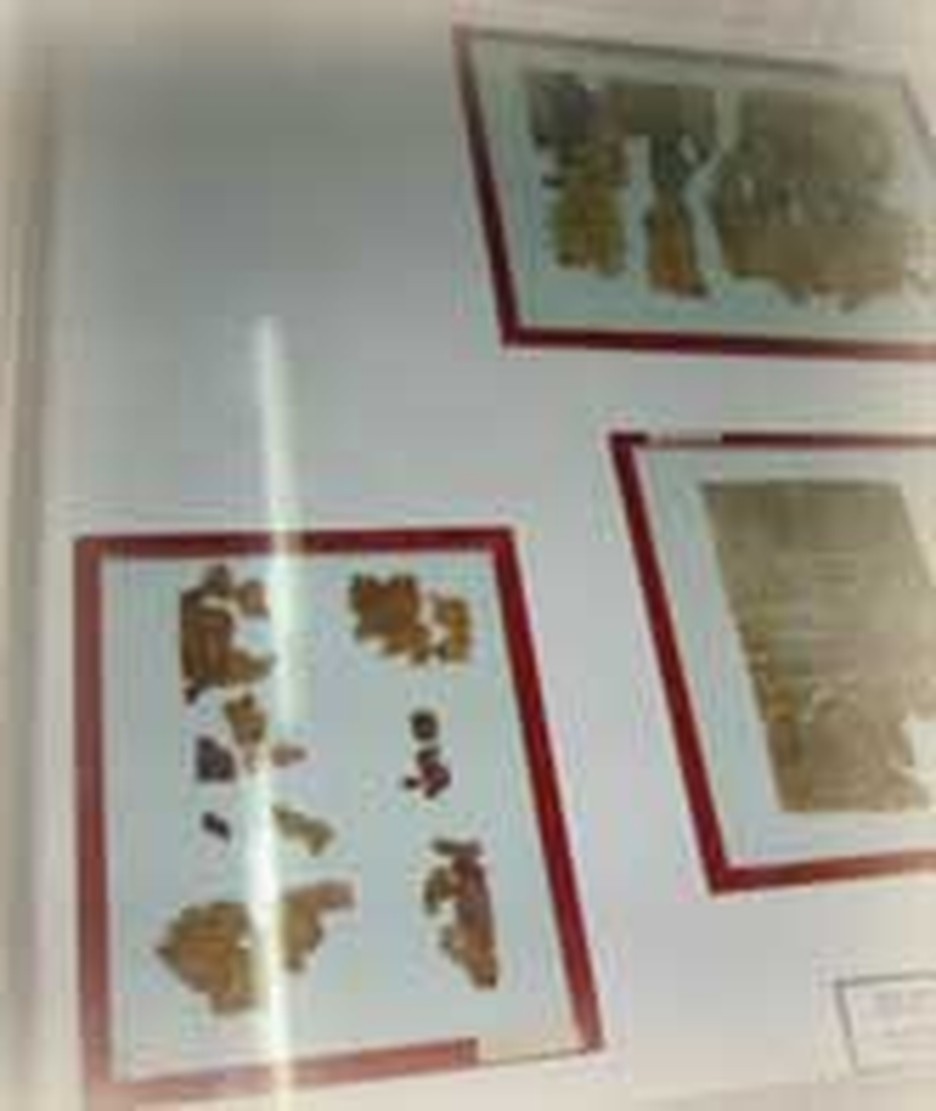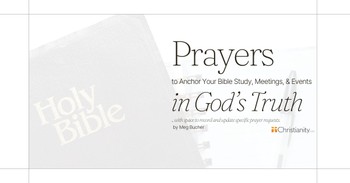
In 1947 a Bedouin stumbled across scrolls in pots in a cave. Thinking they might be of some value, he placed them with Khalil Iskander, an antique dealer in Jerusalem. Iskander supposed they might be Syrian; valuable, but not immensely so. He consulted with a friend who agreed. The friend spoke to Orthodox Archbishop Athanasius Yeshua Samuel. Almost at once Samuel recognized the scrolls as sections of the Old Testament. Unable to suppress his excitement, he frantically made arrangements to purchase them.
Samuel showed the parchments to various experts. Some of his own church's experts believed them worthless. So did most of those who viewed them, although Ibrahim Gabriel Sowmy, an expert in Aramaic culture and his brother Father Boutros Sowmy considered them to be extremely old and therefore valuable. Ibrahim was probably the first to suggest the scrolls were from Qumran. Months passed in which Samuel's efforts to learn the value of the scrolls were thwarted. He persisted, however, and contacted the American University of Beirut. The man he connected with was John Trever, not only a Bible student, but trained in photographing old scrolls.
John was intrigued. Bring the manuscripts around, he said. Father Boutros (Peter) Sowmy conveyed them to him on February 19, 1948. Trever, the first American to see the scrolls, was intrigued. To him they looked valuable. But he did not know for sure.
He sought permission from Samuel to photograph the scrolls. He could not sleep as he waited. Next day, on February 20th, 1948, Samuel's permission was forthcoming. The Orthodox archbishop was as keen as Trever to find out what the scrolls were worth.
Trever began photographing at once. By Tuesday the pictures were on their way to the famed paleographer William F. Albright. On March 14 the answer came back.
Albright congratulated the men on their find. The scroll was older than the Nash papyrus he assured them, dating from probably 100 B.C. "What an absolutely incredible find!" he wrote.
An incredible find it was! The whole world soon was electrified with the announcement of the Dead Sea scrolls. Their importance can hardly be over rated. Not only have they confirmed the accuracy of the Old Testament, but they have shed light on the years just before Christ's coming. We now know that much of Christ's message and many of his phrases were "in the air" before he was born.
Trever and his colleagues studied the scrolls the rest of that summer. Although a local scholar named E. L. Sukenik* recognized the value of manuscripts from the caves a year earlier, and even risked his life trying to get pieces, Trever and his colleagues were the first to provide useful information to the world.
*According to a family member, who communicated details to Christian History Institute.
Bibliography:
- Allegro, J.M. "The Discovery and Purchase of the Dead Sea Scrolls," in Archaeology. Editors Samuel Rapport and Helen Wright. New York: Washington Square Press, 1964.
- Coss, Thurman L. Secrets from the Caves; a layman's guide to the Dead Sea Scrolls. New York, Abingdon Press, 1963.
- Davies, Powell. The Meaning of the Dead Sea Scrolls. New York: Mentor, 1956.
- "Dead Sea Scrolls." The Oxford Dictionary of the Christian Church. Edited by F. L. Cross and E. A. Livingstone. Oxford, 1997.
- Wilson, Edmund The Dead Sea Scrolls, 1947-1969. New York, Oxford University Press, 1969.
Last updated June, 2006.
.jpg)


.jpg)